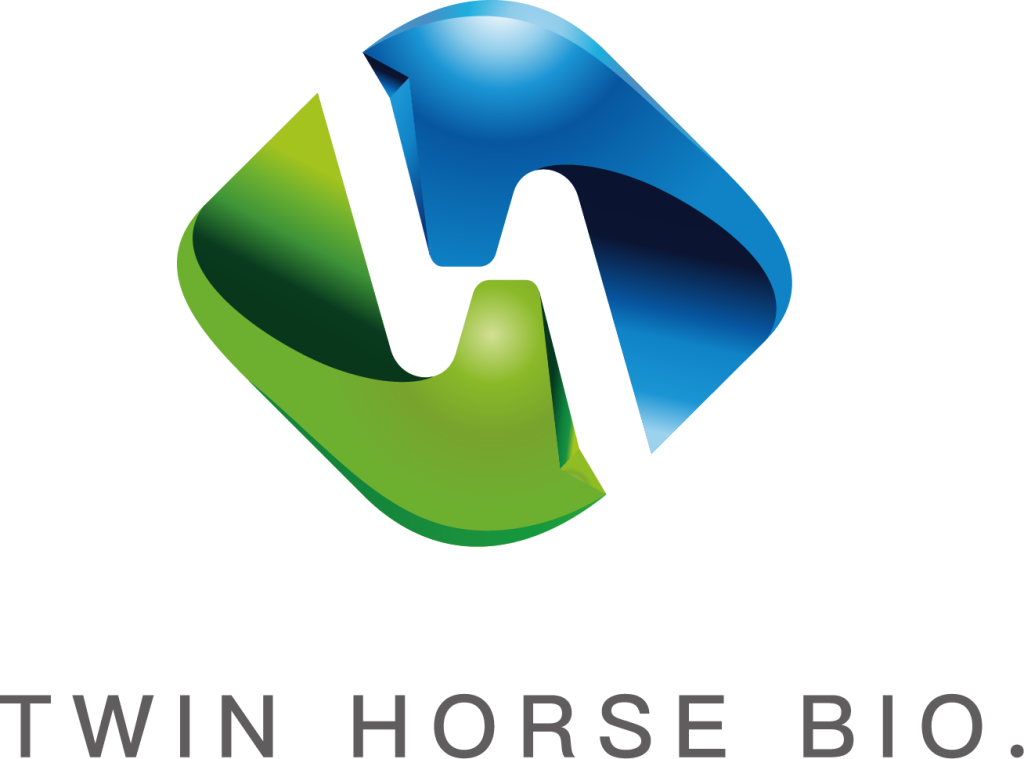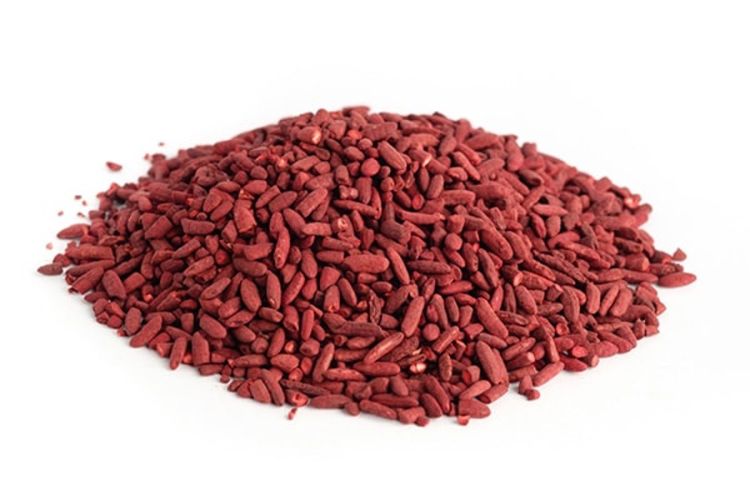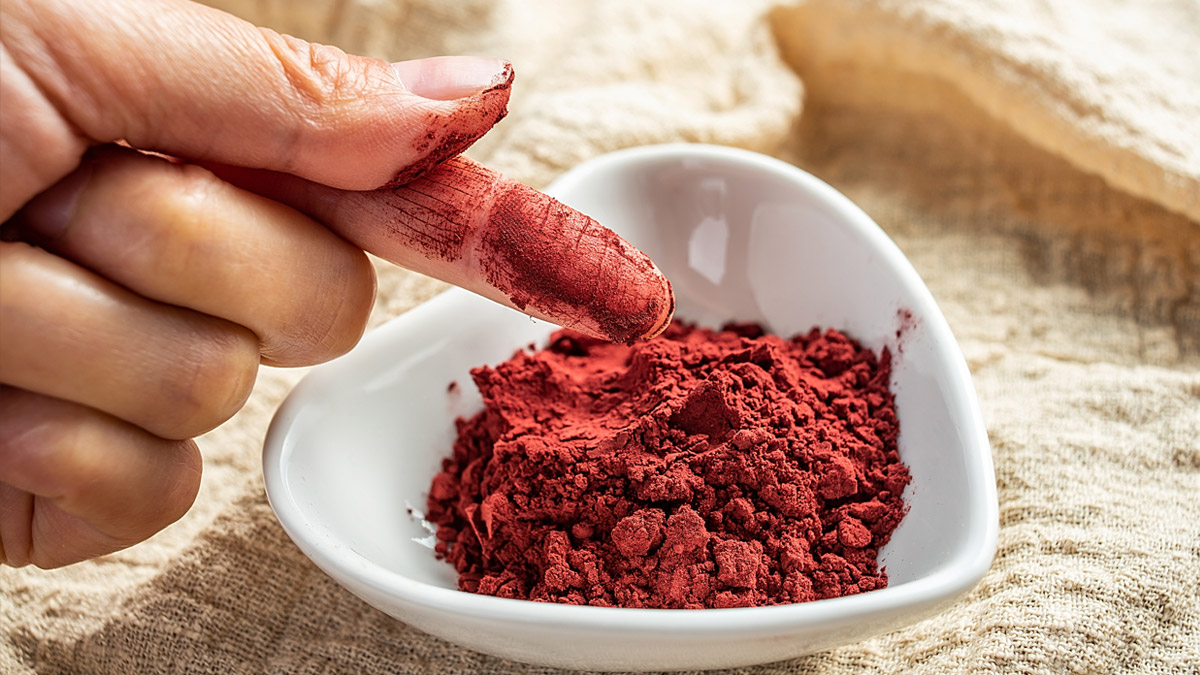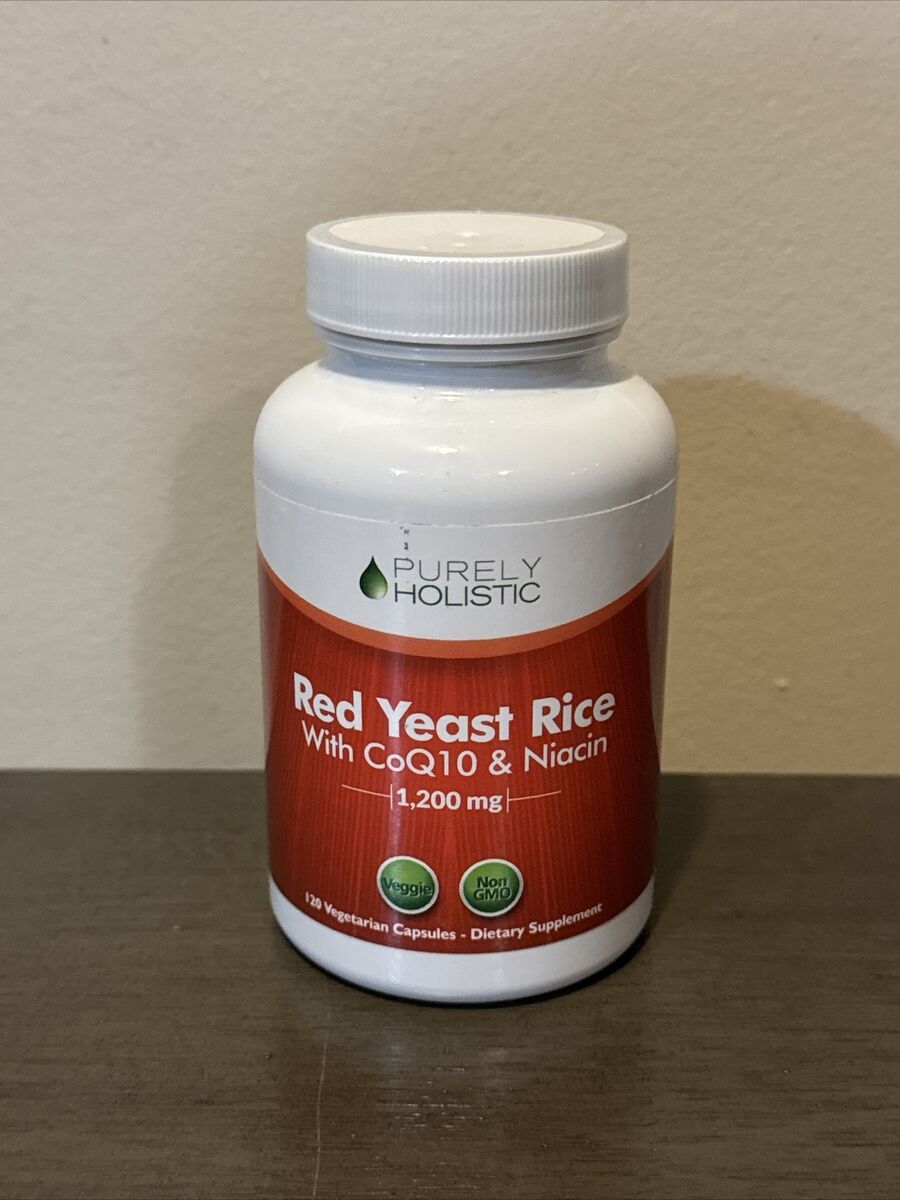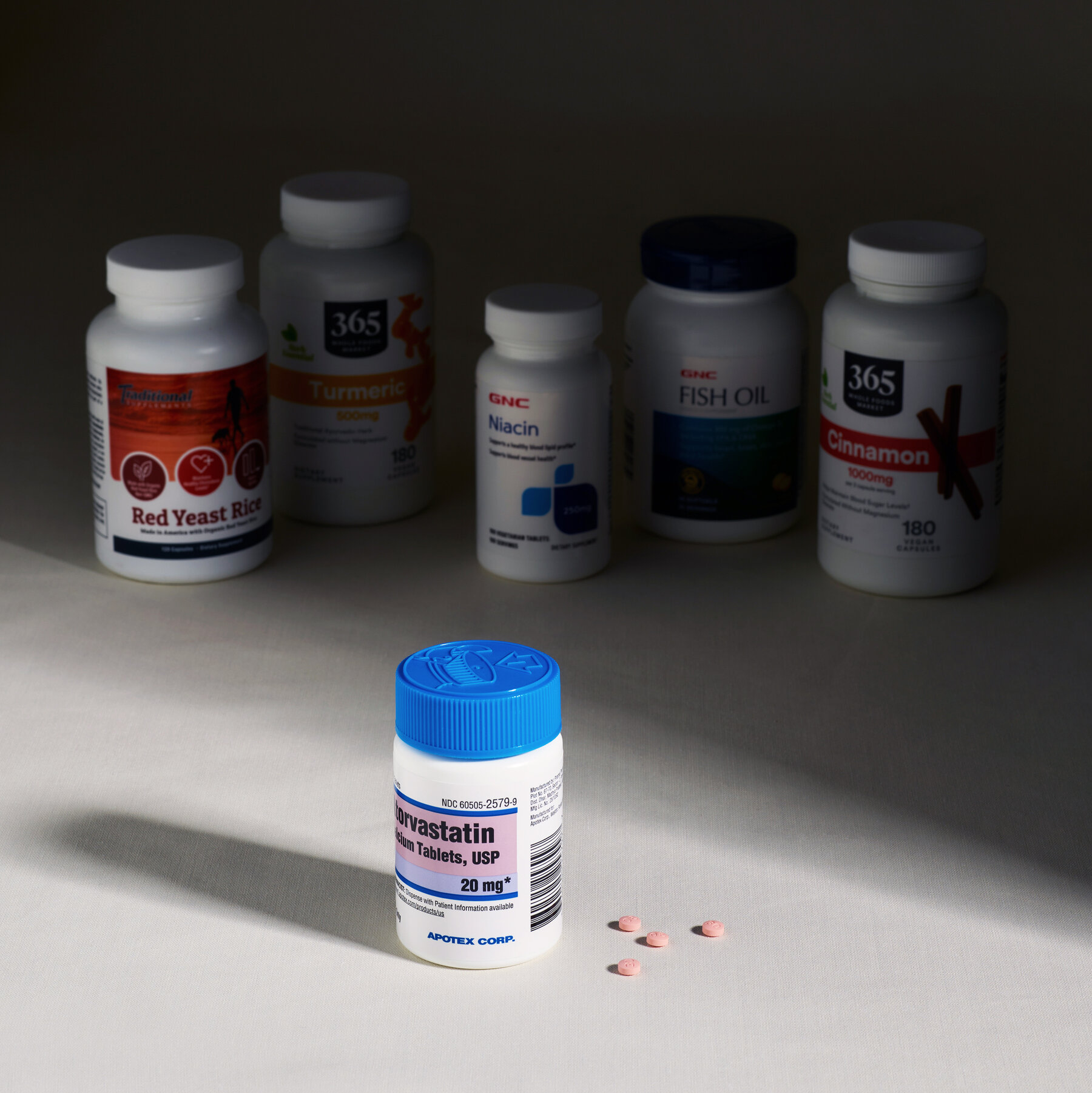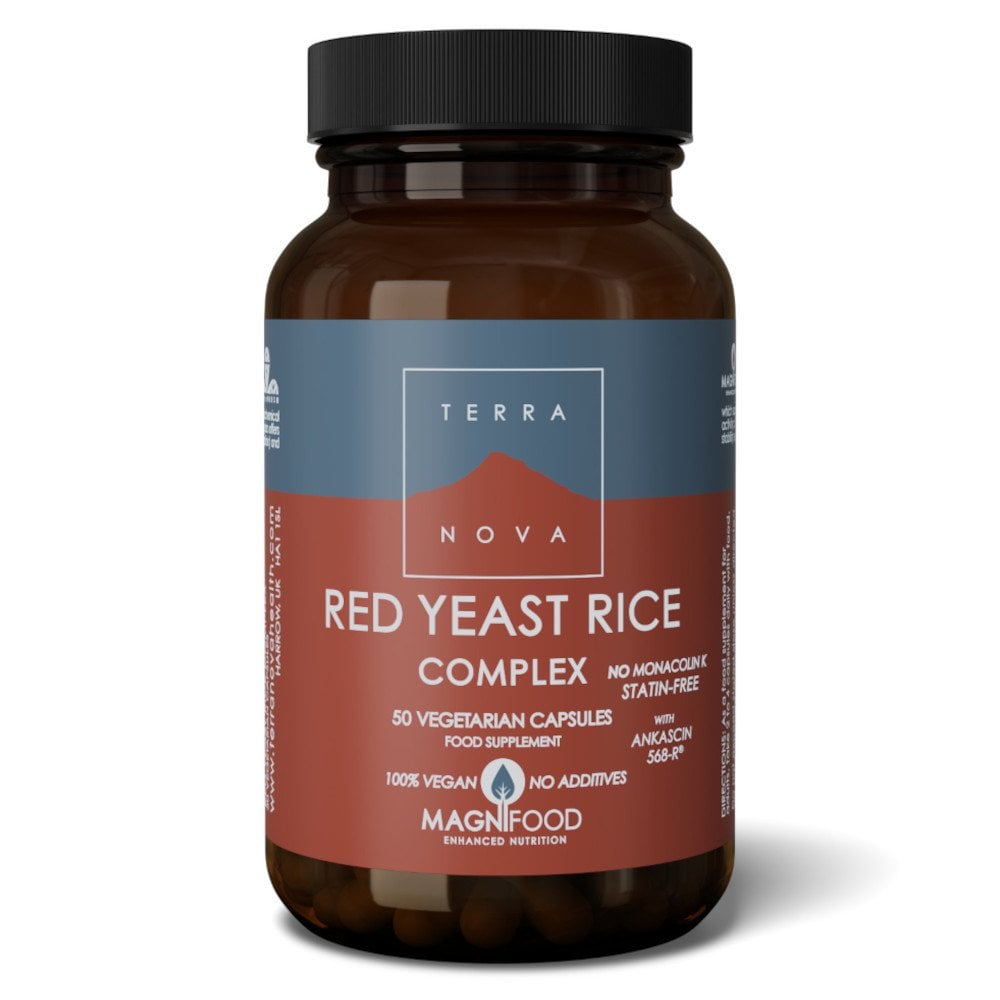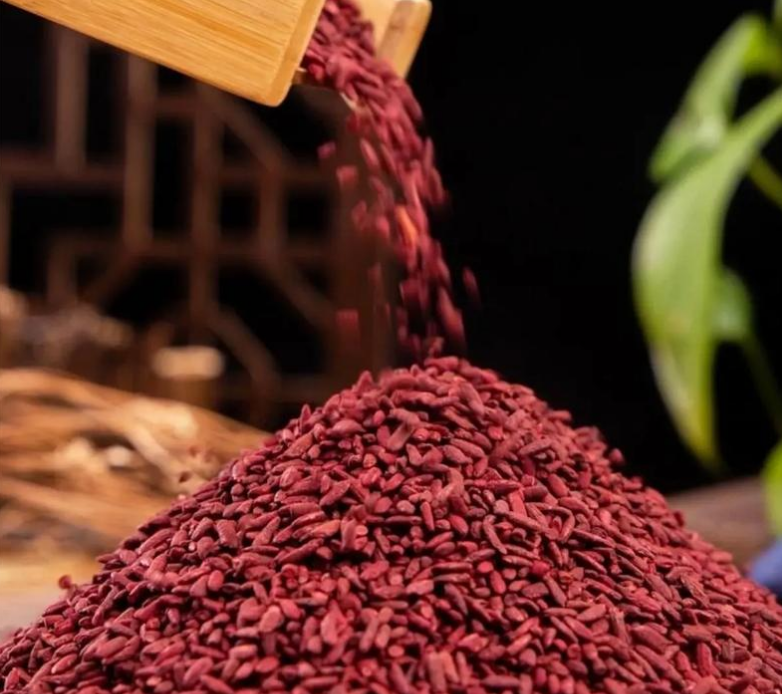High doses of Vitamin C (>1,000 mg), Vitamin D (>4,000 IU), Vitamin E (>400 IU), or Niacin (>1,000 mg) can reduce red yeast rice’s LDL-lowering effects by 10-20%. To avoid this, use moderate doses (e.g., Vitamin C <500 mg), space supplements 6 hours apart, and consult a healthcare provider.
Vitamin C
Vitamin C is an indispensable nutrient known by many for its general antioxidant properties and immune system enhancement. However, Vitamin C in high dosages may impede the cholesterol-reducing action of red yeast rice when taken simultaneously. The studies reveal the efficiency of red yeast rice with monacolin K, reducing LDL cholesterol by 20-30% within 8-12 weeks of regular administration. High intake, however, of Vitamin C-for example, more than 1,000 mg a day-reports to shrink the efficacy by up to 10-15%. This interaction is a fact because Vitamin C acts as a reducing agent against oxidative pathways being used by monacolin K to reduce cholesterol. Vitamin C intake has to be balanced for individuals managing their cholesterol in order not to minimize benefits of red yeast rice.
In daily consumption, Vitamin C is normally acquired through fruits like oranges, strawberries, and kiwis, which usually contain 50-70 mg of Vitamin C per serving. This is well within the recommended dietary allowance of 75-90 mg per day for adults and does not interfere with red yeast rice. However, supplements marketed as high-dose immune boosters often contain 1,000-2,000 mg of Vitamin C per serving. For instance, one effervescent tablet can contain as much as 1,200 mg of Vitamin C, which may nullify the effects of monacolin K in the bloodstream and even reduce the cholesterol-lowering effects by as much as 50% in sensitive individuals.
Timing and moderation in Vitamin C intake are required to avoid these interactions. For instance, if you are on red yeast rice for managing cholesterol and you require an additional Vitamin C for immunity, then you can schedule your Vitamin C supplement in the morning and take red yeast rice in the evening. This timing reduces the chances of interference. Clinical trials show this separation can preserve the full 20-30% LDL reduction potential of red yeast rice, even in persons taking moderate doses of Vitamin C, less than 500 mg daily.
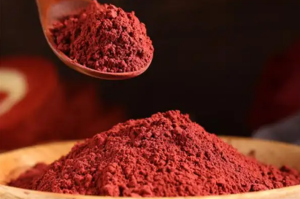
Vitamin D
Vitamin D is important to the body in calcium resorption and bone health; however, it may interfere with red yeast rice in its role of cholesterol reduction. RYR acts by inhibiting HMG-CoA reductase-an enzyme important in cholesterol production. Vitamin D, especially doses higher than 4,000 IU daily, has an indirect effect on this pathway, as it increases the amount of calcium in the blood. High calcium intake has been linked to an alteration in lipid metabolism. This can weaken the LDL cholesterol-lowering effect of red yeast rice by 10-20%. According to a study published in the Journal of Clinical Lipidology, individuals with high levels of serum calcium showed less drastic reductions in LDL cholesterol with statin-like compounds like monacolin K from red yeast rice.
Daily needs for vitamin D vary, but the recommended dietary allowance is 600-800 IU for most adults. However, many supplements for bone health or immunity contain much higher doses, such as 2,000-5,000 IU per serving. For instance, one capsule of a high-strength vitamin D3 supplement can increase serum calcium by 1-2 mg/dL, which may interfere with the lipid-regulating pathways targeted by red yeast rice. Clinical trial data indicate that these interactions may reduce the LDL cholesterol lowering from red yeast rice by approximately 5-10 mg/dL over three months of steady use.
To minimize these interactions, patients may want to adjust their intake of vitamin D according to their needs and formulation. For instance, taking a lower-dose vitamin D supplement-1,000 IU per day-can support bone health without significantly impacting the efficacy of red yeast rice. Other strategies involve timing of supplementation: taking vitamin D in the morning and red yeast rice in the evening may help minimize metabolic competition in the liver and bloodstream. This can help preserve the potency of red yeast rice to lower LDL cholesterol by 20-30%, as seen in most users.
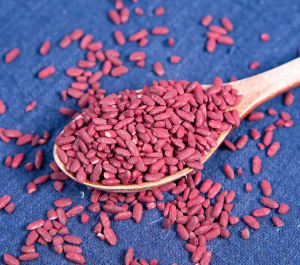
Vitamin E
Vitamin E is a potent antioxidant that protects the cells from oxidative damage, but it interferes with red yeast rice and diminishes its cholesterol-lowering effect. Red yeast rice decreases LDL cholesterol by inhibiting the enzyme HMG-CoA reductase through its active compound, monacolin K. High doses of Vitamin E, especially those above 400 IU per day, might interfere with this process by affecting lipid metabolism and reducing the oxidative stress required for full expression. Indeed, several studies have reported a 10-15% reduction in the LDL-lowering efficacy of red yeast rice in participants receiving both red yeast rice and high-dose Vitamin E supplements.
The RDA for Vitamin E is 15 mg (22.4 IU), which is easily achieved through diet from sources such as nuts, seeds, and vegetable oils. However, many supplements, particularly those that claim cardiovascular benefits, have doses of 200-1,000 IU per serving. For instance, one softgel of a popular Vitamin E supplement may contain 400 IU, almost 20 times the RDA. Clinical trials indicate that such high dosages could decrease the LDL cholesterol-lowering activity of red yeast rice by some 5-10 mg/dL over a period of 12 weeks. This is due to the fact that Vitamin E stabilizes lipid membranes and may limit the breakdown of LDL cholesterol induced by red yeast rice.
It is, however, critical to not over-supplement with red yeast rice, instead leaning on food sources of Vitamin E whenever possible. One serving, or 1 ounce of almonds, contains approximately 7 mg of Vitamin E, almost half of the daily requirement. In like manner, the Vitamin E content in one tablespoon of sunflower oil is about 6 mg. Consuming these foods in moderation ensures that there will be adequate antioxidant support without inhibiting the drug’s ability to reduce LDL cholesterol by 20-30% in most users.
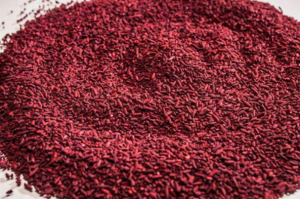
Vitamin K
Vitamin K is also known for its most critical roles: the process of blood clotting and the health of bones. It interferes with the function of red yeast rice in lowering cholesterol. Red yeast rice works by reducing LDL cholesterol through the inhibition of HMG-CoA reductase, similarly to statins. Vitamin K2, mostly from certain foods or supplements, could nullify the cardiovascular benefits of red yeast rice through its excessive intake, which promotes arterial calcification. Research has shown that intake of more than 200 mcg of Vitamin K2 daily is associated with increased arterial stiffness, which diminishes the cholesterol-lowering and protective effects of red yeast rice by 10-15%.
The recommended dietary allowance of Vitamin K for adults is 90-120 mcg per day, a level easily achieved with dietary intake. For example, one cup of cooked spinach contains about 145 mcg of Vitamin K1, while 3.5 ounces of natto, a fermented soybean dish, can provide up to 1,000 mcg of Vitamin K2. Supplements that are sold for bone health may contain from 100-500 mcg of Vitamin K2 per serving. Clinical evidence indicates that such higher dosages can blunt the effectiveness of red yeast rice through altered lipid and calcium metabolism and may decrease its LDL-lowering effect by 5-10 mg/dL over a 12-week period.
Vitamin K intake should be carefully managed in patients dependent on red yeast rice for cholesterol control. For example, it is possible to maintain a diet that contains average levels of Vitamin K, such as in kale (112 mcg per cup) or broccoli (92 mcg per cup), to keep the bones healthy without affecting the efficacy of red yeast rice. However, with frequent consumption of Vitamin K-rich foods or supplements above the recommended daily intake, careful monitoring may be necessary to ensure that red yeast rice continues to effectively lower cholesterol by 20-30%.
Vitamin B3 (Niacin)
Niacin, or Vitamin B3, is commonly prescribed to lower cholesterol and treat heart conditions. When combined with red yeast rice, however, the risk of adverse effects is greatly increased due to overlapping effects. Both niacin and red yeast rice act upon lipid metabolism; niacin decreases LDL cholesterol by 10-20%, while red yeast rice achieves reductions of 20-30%. While this may sound advantageous, research indicates that high doses of niacin supplementation of 1,000 to 2,000 mg per day can increase the risk of myopathy, liver toxicity, and gastrointestinal adverse effects when combined with red yeast rice. For example, up to 20% of patients have developed muscle-related adverse effects in clinical trials when this combination was used, versus 5% with red yeast rice alone.
The recommended dietary allowance for niacin is 14-16 mg per day for adults, which is easily met through dietary sources such as chicken, which provides 11 mg per 3 ounces, or tuna, offering 21 mg per 3 ounces. However, therapeutic doses of niacin used for cholesterol management are much higher, often starting at 500 mg and increasing to as much as 2,000 mg per day. At these levels, the risk of liver enzyme elevation is very much increased, with studies demonstrating liver abnormalities in 5-10% of patients on high-dose niacin. Addition of red yeast rice to this regimen requires the liver to metabolize both compounds simultaneously, thereby increasing the chances of an adverse event and reducing red yeast rice’s cholesterol-lowering efficacy by as much as 15%.
In order to safely take both niacin and red yeast rice together, one needs to focus on low doses of niacin or consider taking them alternately under medical supervision. This is well illustrated, for example, by using 250 mg of niacin, which can lower LDL cholesterol by approximately 5%, together with red yeast rice, minimizes side effects while achieving an overall cholesterol reduction of 25-30%. This allows for the benefits of both supplements without putting too much stress on the liver or increasing the risk of muscle damage. Blood tests to monitor liver function are recommended every 4-6 weeks for anyone using this combination.
Vitamin B6
Vitamin B6, or pyridoxine, is important in amino acid metabolism and neurotransmitter synthesis, but it can interfere with the efficacy of red yeast rice if supplementation is excessive. Red yeast rice works by inhibiting HMG-CoA reductase to lower LDL cholesterol, while high doses of B6-especially more than 100 mg daily-can enhance the liver metabolism of active compounds, including monacolin K, the major cholesterol-lowering agent in red yeast rice. Studies have demonstrated that people on high doses of B6 could experience a reduction in LDL-lowering efficacy of red yeast rice by as much as 15%, which reduces its effectiveness on cardiovascular health.
The RDA for B6 is 1.3-1.7 mg/day for adults, which is readily supplied by foods such as bananas (0.4 mg per medium banana) and chicken breast (0.5 mg per 3 ounces). However, energy or mood support supplements often contain between 50 mg and 200 mg per serving. Research has indicated that doses above 50 mg a day can affect enzyme activity in the liver and lower the bioavailability of monacolin K. For instance, a person taking 100 mg of B6 daily with red yeast rice may only experience a 10% reduction in LDL cholesterol instead of the expected 20-30% decrease.
To minimize these interactions, those taking red yeast rice should not take more than 10-25 mg of B6 supplementation per day. This amount will support energy metabolism and overall health without significantly impacting the effectiveness of red yeast rice in lowering cholesterol levels. Timing can also play a role; taking B6 supplements in the morning and red yeast rice in the evening allows the liver to process each compound separately, preserving the efficacy of red yeast rice. Clinical data suggest that this strategy can maintain LDL reductions of up to 25% over 12 weeks, even in individuals supplementing with moderate B6 doses.
Vitamin B12
Vitamin B12, or cobalamin, is important for the manufacture of red blood cells and the maintenance of the nervous system but, if taken in excess, may interfere with the efficacy of red yeast rice in maintaining cholesterol within acceptable levels. Red yeast rice works by lowering LDL cholesterol through the inhibition of HMG-CoA reductase. High doses of B12-especially doses over 1,000 mcg a day-can interfere with lipid metabolism by disrupting methylation processes affecting cholesterol synthesis. Studies suggest that people who take high-dose B12 supplements along with red yeast rice may reduce the cholesterol-lowering effects of red yeast rice by as much as 10%.
The dietary allowance for Vitamin B12 is 2.4 mcg per day for adults, a level easily obtained from foods such as eggs (0.6 mcg per large egg) and fortified cereals (6 mcg per serving). However, energy support or neurological health supplements often include much larger doses, up to 500-2,000 mcg per serving. Clinical data indicate that those receiving 1,000 mcg or more of B12 daily with red yeast rice may experience a reduction in LDL cholesterol reduction from 25% to approximately 15-20% over a 12-week period. This can reduce the cardiovascular benefit anticipated from red yeast rice.
In order to minimize the risk of interference, individuals using red yeast rice should consider keeping B12 intake to moderate levels, such as 250-500 mcg per day, which still far exceeds daily requirements without disrupting cholesterol-lowering processes. For instance, supplementation with 250 mcg of B12 can enhance energy and cognitive function without interfering with the full LDL-reducing potential of red yeast rice. Scheduling B12 supplementation in the morning and red yeast rice in the evening may reduce competition in metabolic pathways and preserve the benefits of both.
